
5 minutes read
The lh and rlh CSS units: simple spacing that follows your text
Table of contents
- → TL;DR
- → Introduction to lh and rlh
- → What the lh and rlh units mean
- → Why I use them
- → Quick cheats you can paste
- → Gotchas (keep these in mind)
- → Browser compatibility for lh and rlh
- → How I roll lh and rlh into a project
- → How I roll lh and rlh into a project using Tailwind CSS
- → Extra reading (short and sweet)
- → Conclusion
TL;DR
1lh equals one line of the current element’s text. 1rlh equals one line of the root element’s text. Use them to size margins, padding, and blocks in “number of lines,” not pixels. Support is strong in modern browsers: Chrome 109+ / Edge 109+ / Firefox 120+ / Safari 16.4+ (Samsung Internet 21+ for lh and 22+ for rlh). Check the live tables on Can I use: lh and Can I use: rlh.
Introduction to lh and rlh
I like layouts where spacing grows with the font, not against it. The CSS lh and rlh units do exactly that. They let me say “make this gap one line tall” instead of guessing pixels. It keeps rhythm tight and reading easy. The idea is simple, and the pay-off is big.
What the lh and rlh units mean
lh: one line-height of the element where you use it. So2lhis two lines tall,0.5lhis half a line. Defined in the CSS Values & Units Level 4 spec.rlh: one line-height of the root (usually<html>). It’s therem-style cousin oflh, defined here: CSS Values & Units Level 4 (rlh).
You can use them anywhere a <length> is allowed. Note: real line boxes can be a bit taller when content is funky (emoji, tall glyphs). Treat lh as the intended line height. (Good explainer here: Web-features explorer: lh.)
Why I use them
- Type scales, spacing follows. Change
font-sizeorline-height, and the gaps update too. - Cleaner vertical rhythm. Paragraph margins, section padding, and scroll offsets match the text grid.
- Fewer magic numbers. Less “24px because it looked okay on my laptop.”
Quick cheats you can paste
/* 1) Set the site rhythm once */ html { line-height: 1.5; } /* unitless is best */ :root { --rhythm: 1rlh; } /* one root line */ /* 2) Paragraph spacing that tracks the font */ p { margin-block: 1lh; } /* 3) Headings and subtle tweaks */ h1 { margin-block: 1.5rlh; } small { display:block; margin-block-start: 0.5lh; } /* 4) Buttons sized by text, not pixels */ .button { line-height: 1; padding-block: 0.5lh; padding-inline: 0.75lh; } /* 5) Anchor offsets that feel right */ :target { scroll-margin-top: 2rlh; } /* 6) Safe fallback for very old browsers */ @supports (margin-block: 1lh) { article p { margin-block: 1lh; } } @supports not (margin-block: 1lh) { article p { margin-block: 1.5em; } }
Gotchas (keep these in mind)
- Line boxes can grow. Tall emoji or inline images can exceed the theoretical line height. If you need a hard multi-line clamp, use
line-clamp(and legacy-webkit-line-clampcombo where needed). - Define the root rhythm. Set
html { line-height: … }once sorlhis consistent across the app.
Browser compatibility for lh and rlh
Modern engines ship these. Here are the versions that matter right now:
| Browser | lh support |
rlh support |
|---|---|---|
| Chrome | 109+ | 111+ |
| Edge | 109+ | 111+ |
| Firefox | 120+ | 120+ |
| Safari (macOS) | 16.4+ | 16.4+ |
| Safari (iOS/iPadOS) | 16.4+ | 16.4+ |
| Samsung Internet | 21+ | 22+ |
Sources: Can I use: lh, Can I use: rlh.
How I roll lh and rlh into a project
-
Set a unitless root line height:
html { line-height: 1.5; } :root { --space-line: 1rlh; }
-
Use
lh/rlhfor spacing, not pixels:p { margin-block: 1lh; } h1 { margin-block: 1.5rlh; } :target { scroll-margin-top: 2rlh; }
-
Give yourself a fallback for older browsers:
@supports not (margin-block: 1lh) { p { margin-block: 1.5em; } }
-
Prefer logical properties (
margin-block,padding-block) so it also works in vertical writing modes.
How I roll lh and rlh into a project using Tailwind CSS
Tailwind plays well with lh/rlh thanks to arbitrary values.
Base setup
/* globals.css */ @layer base { html { line-height: 1.5; } /* site rhythm */ :root { --space-line: 1rlh; } /* optional token */ }
Use in markup (no plugin needed) Arbitrary values are first-class: see Tailwind: utility classes and scroll-margin utilities.
<!-- Paragraph spacing --> <p class="mb-[1lh]">...</p> <!-- Headings --> <h1 class="my-[1.5rlh]">Title</h1> <!-- Buttons sized by text --> <button class="leading-none py-[0.5lh] px-[0.75lh]">Buy</button> <!-- Smooth anchor offsets --> <h2 id="features" class="scroll-mt-[2rlh]">Features</h2> <!-- Token-based if you prefer vars --> <section class="pt-[var(--space-line)] pb-[calc(2*var(--space-line))]">...</section>
Optional: tiny utility with fallback
/* globals.css */ @layer utilities { .mb-lh { margin-block: 1.5em; } /* fallback */ @supports (margin-block: 1lh) { .mb-lh { margin-block: 1lh; } /* modern override */ } }
Extra reading (short and sweet)
If you want more background and examples from the platform teams, check the CSS Values & Units Level 4 spec and WebKit’s write-up “Polishing your typography with line height units”. For quick references, see MDN: <length> and web.dev: November 2023 platform updates (Firefox added lh/rlh then).
Conclusion
lh and rlh let me size space in “lines,” not pixels. That simple shift makes layouts scale with the text and keeps pages readable with less effort. Browser support is strong across modern engines (and you can always double-check the latest versions on Can I use: lh and Can I use: rlh) so you can ship this today with a tiny @supports fallback for the long tail.
Did you like this article? Then, keep learning:
- Learn about CSS case sensitivity to complement CSS units discussion
- Understand how to style HTML dialog backdrops using Tailwind CSS
- Learn to disable hover styles on mobile, enhancing responsive design
- Explore Tailwind CSS basics useful with lh/rlh units in styling
- Discover advanced Tailwind CSS typography styling methods
- Get comprehensive Tailwind CSS best practices including arbitrary values
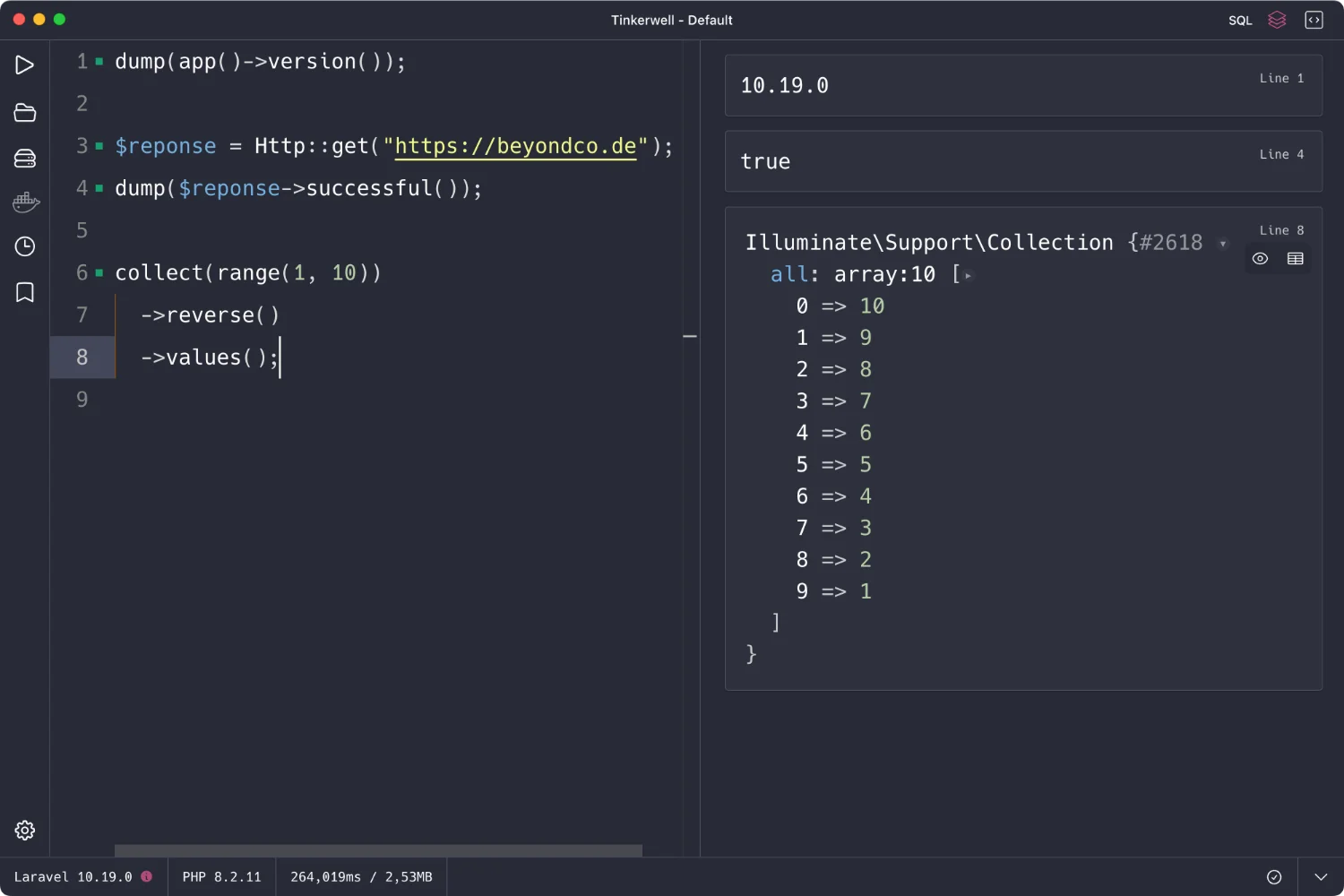
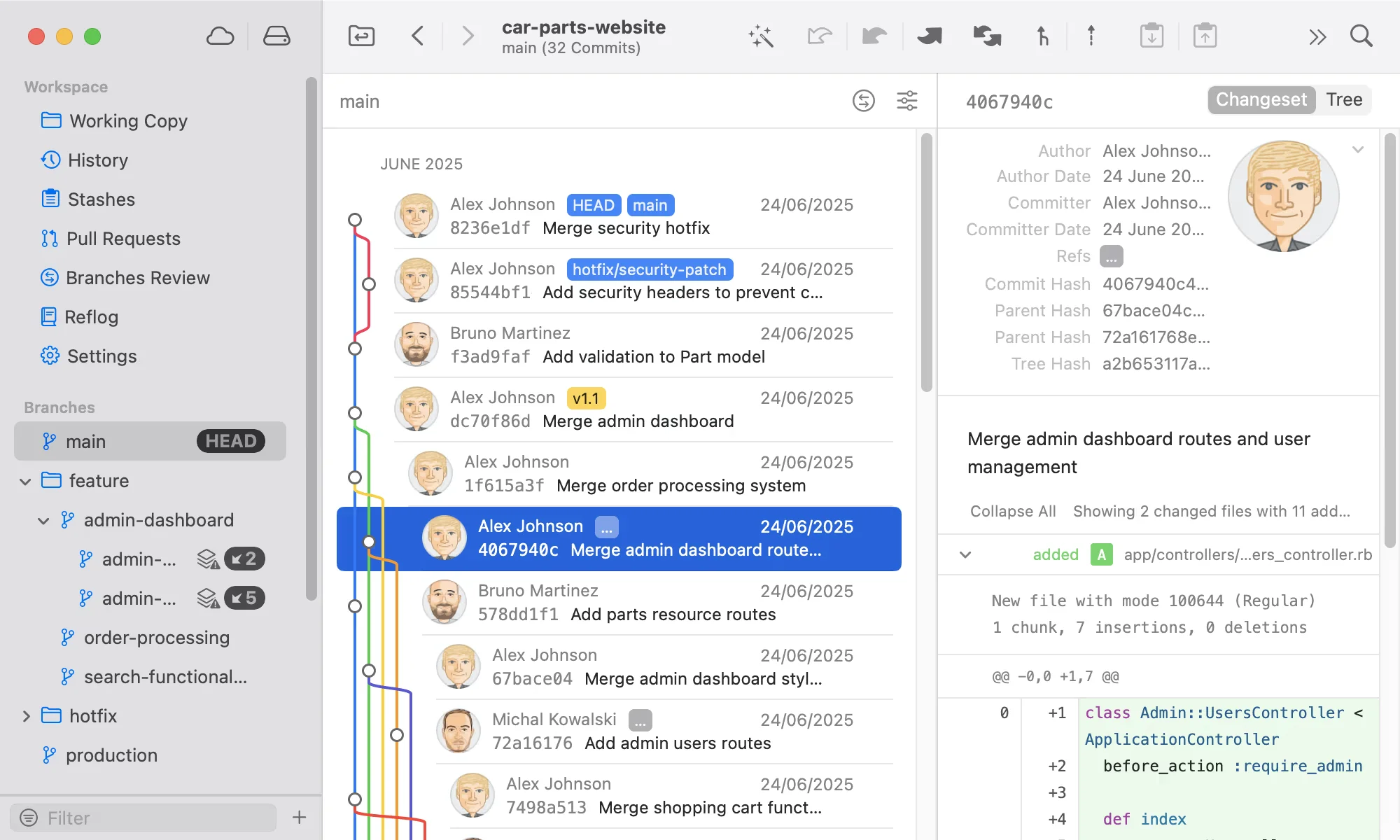
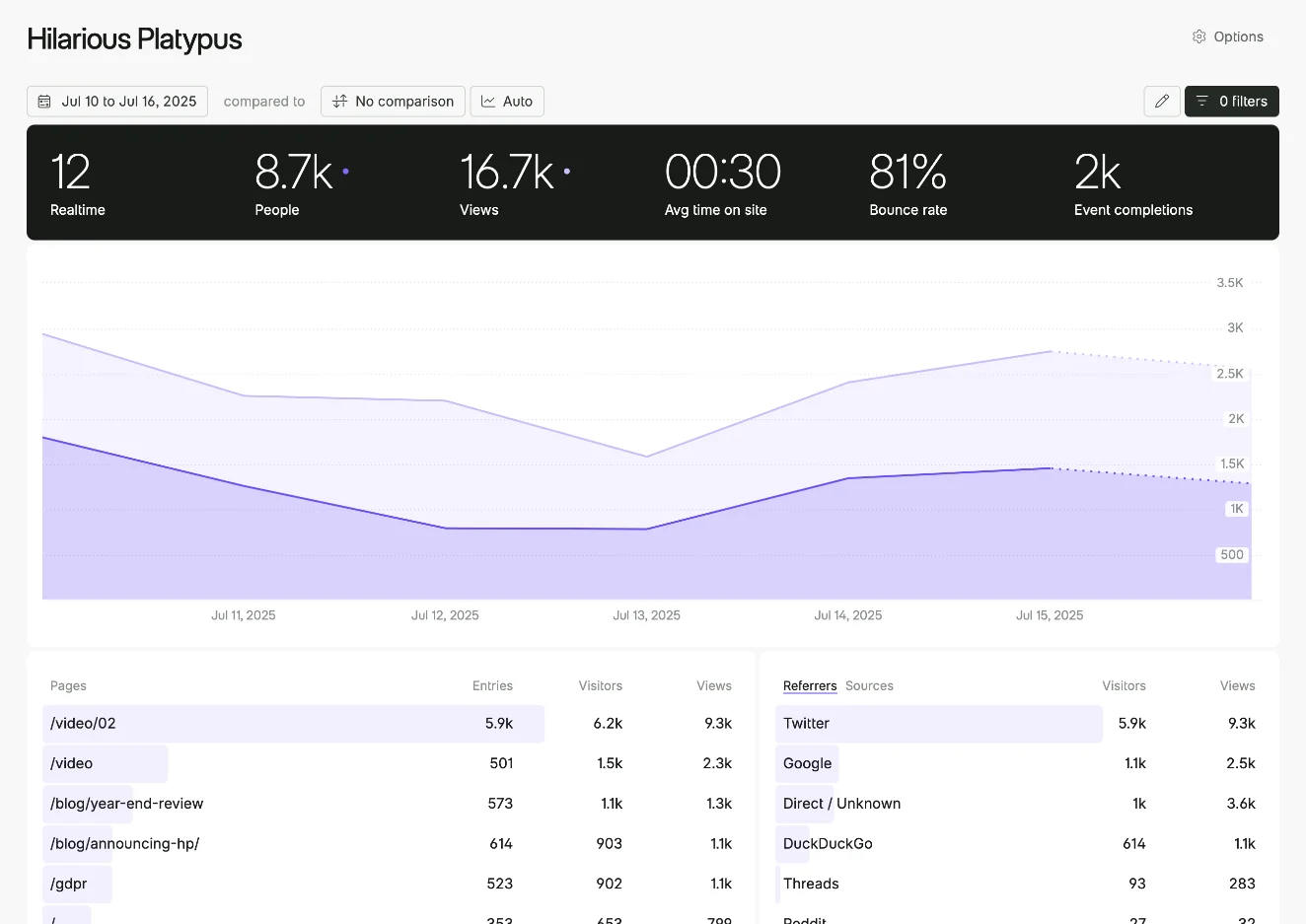
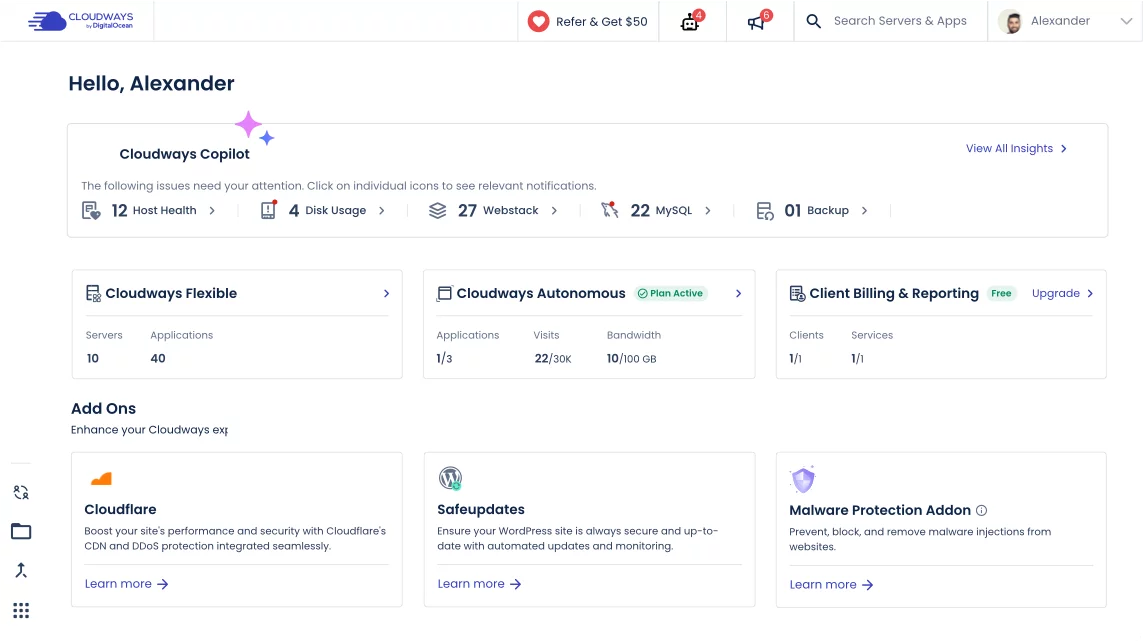

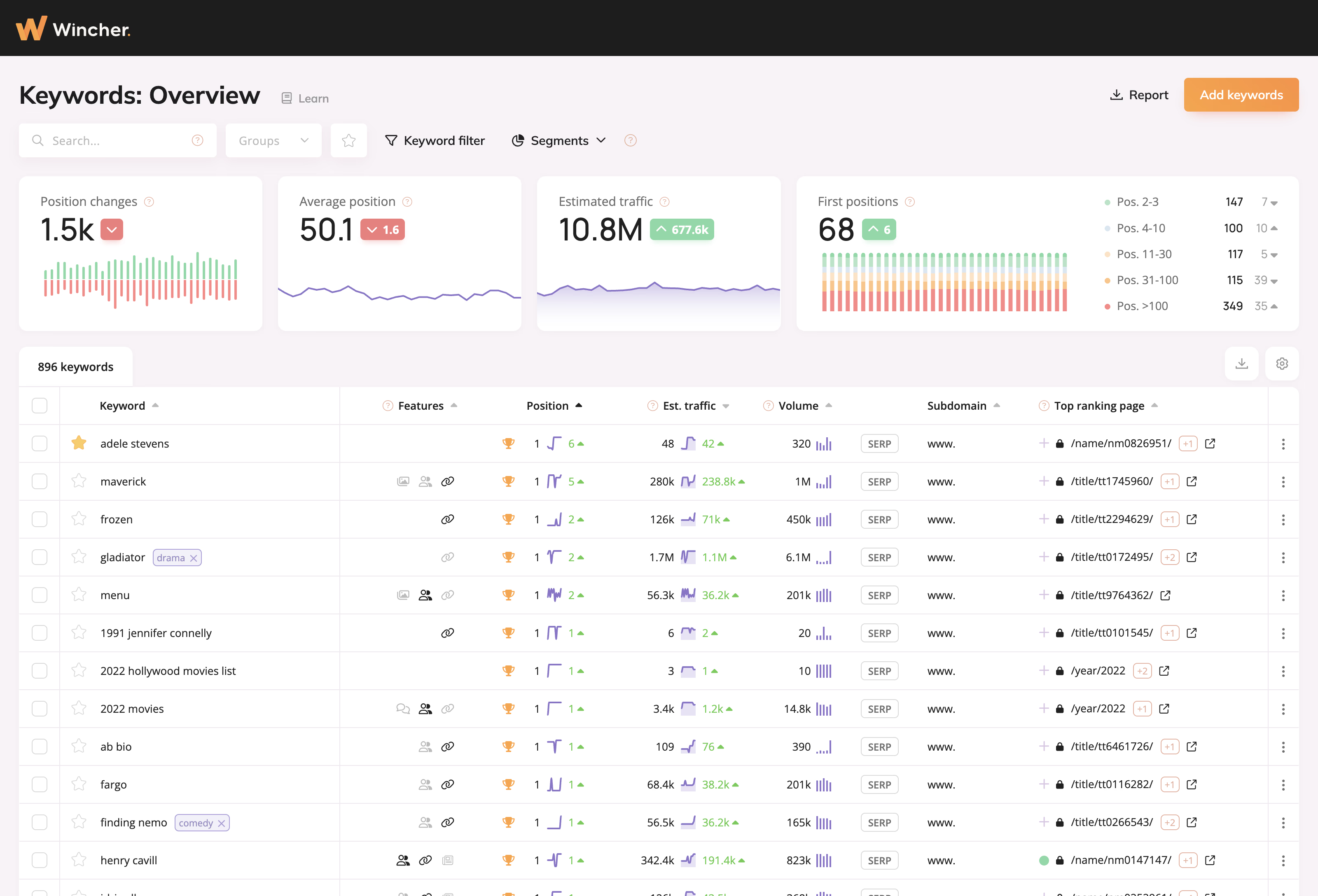
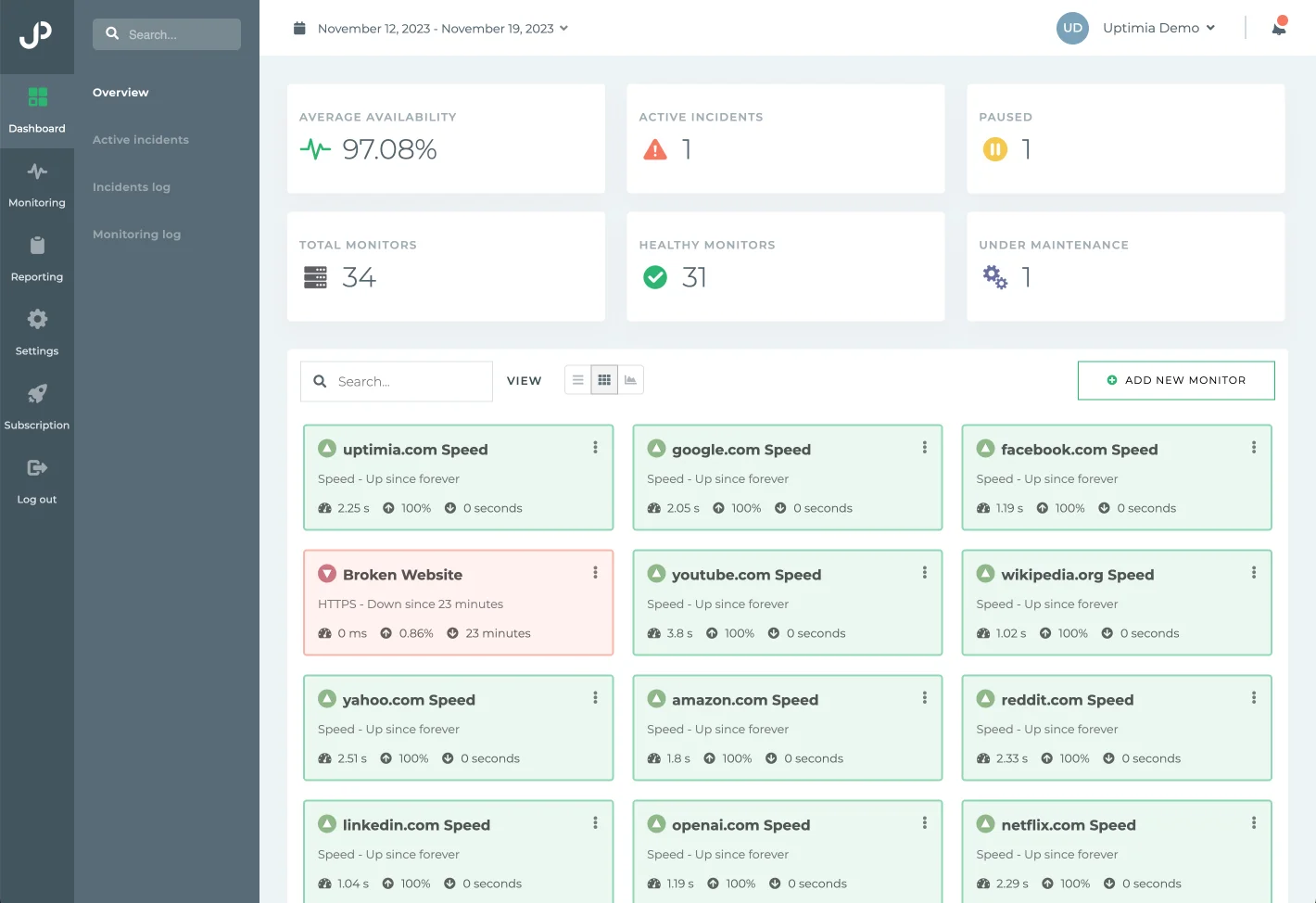
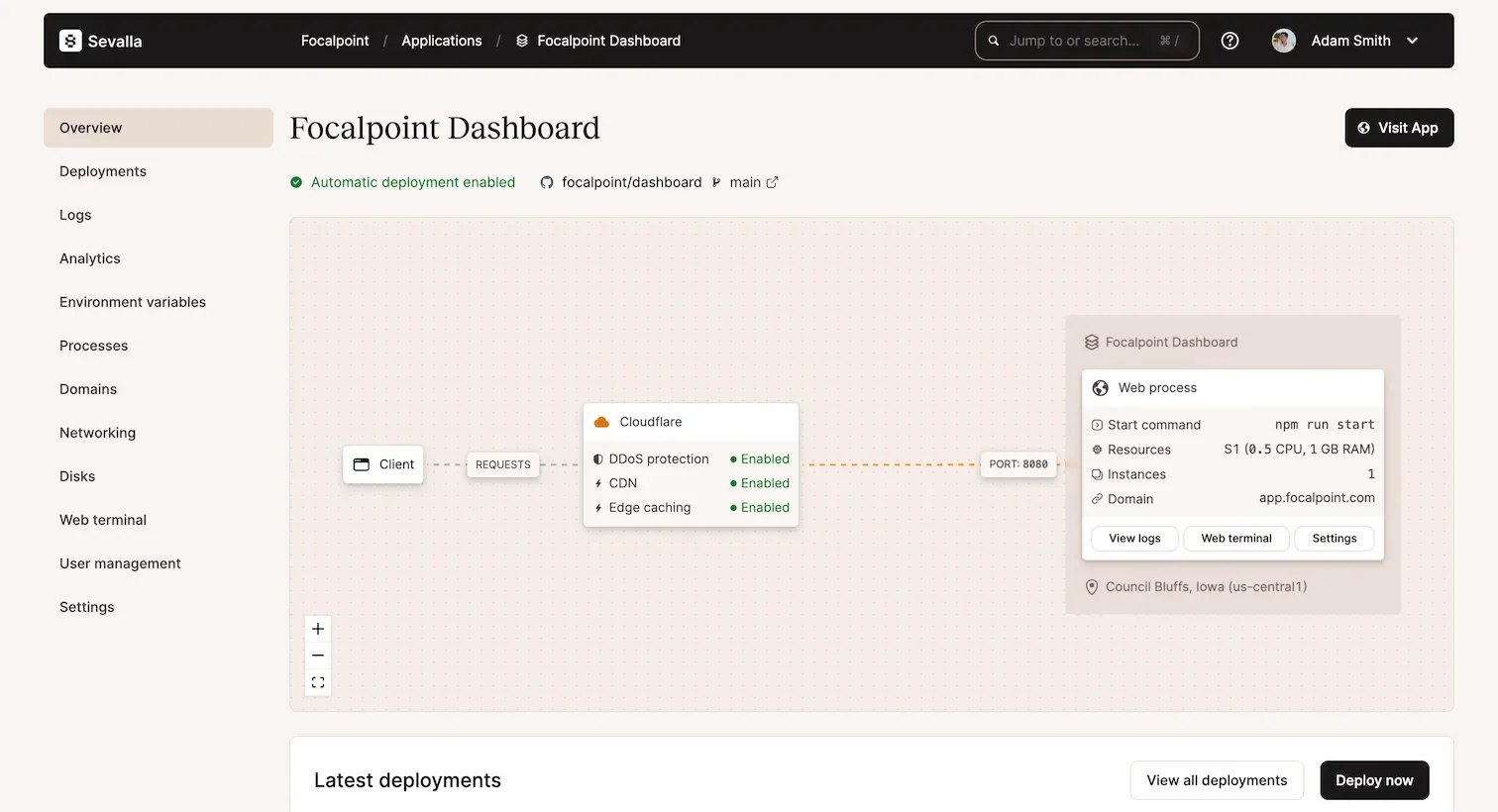
0 comments